 Back to the Be Inspired Blog
Back to the Be Inspired Blog
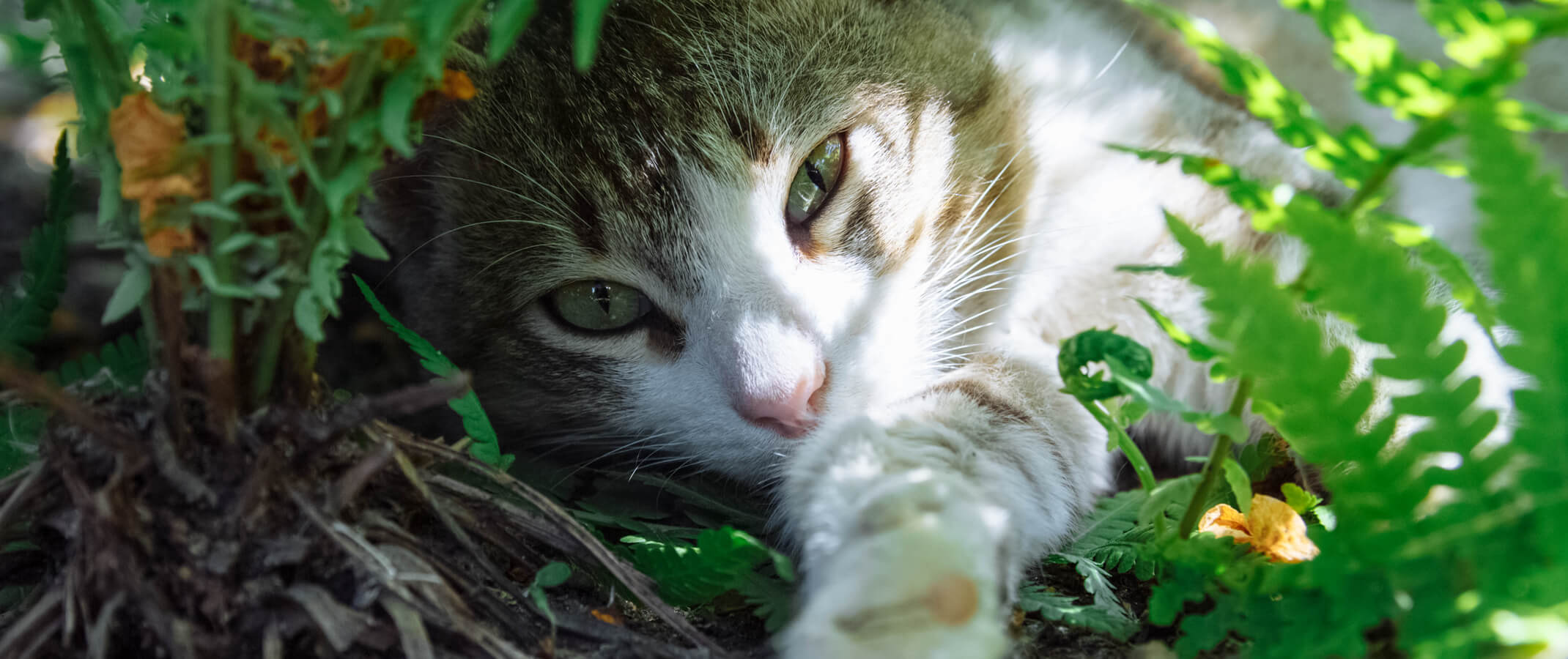
The 6 Best Pet-Friendly Houseplants For Beginners
If you’re getting into houseplants and you’re eager to build up your collection, remember to keep your pets safe by choosing cat and dog friendly indoor plants. Lots of popular plants can be quite toxic to your four legged friends, and we all know how pets love to chew on things they shouldn’t. Luckily, there are some totally pet safe indoor plants that are both beautiful and easy to acquire.
6 Pet-Friendly Indoor Plants
To prevent your dogs or cats from getting sick or injured, choose from these low-maintenance, pet-friendly plants. They’re perfect options for beginners, or those aspiring to have a massive plant collection!
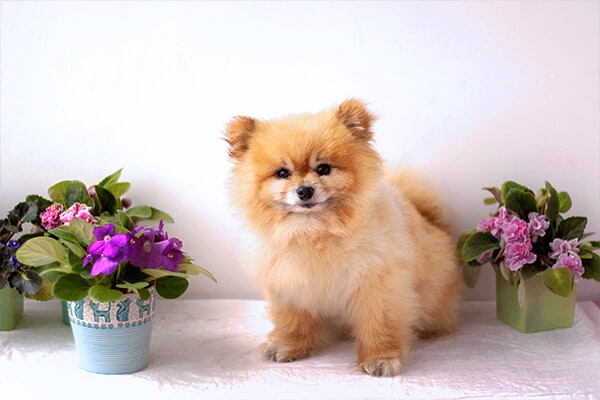
African Violet
This fuzzy little cutie is a favorite among plant collectors because it’s so easy to care for. Its blooms ranging in shades of pinks, whites, and purples really pop against the velvety, dark green foliage. Try not to water its leaves directly, and pour the water straight into the soil instead. If it’s in a particularly sunny spot, rotate the plant 90 degrees every few days so one side of the plant doesn’t end up sun scorched.
One of the fun things about an African Violet is how easy it is to propagate from a cut leaf (or, in some cases, a leaf that’s been torn off by a rascally cat). Simply fill a shot glass or espresso cup with water, place the stem of the leaf in the water, and make sure the fuzzy leaf is balanced on the brim and not submerged. Keep it on the windowsill, change out the water every few days, and after a little while you’ll notice tiny roots beginning to sprout! Once it has several white strands poking out from the bottom that are about an inch and a half long, plant it in a little cup of soil, and soon it will produce more leaves.
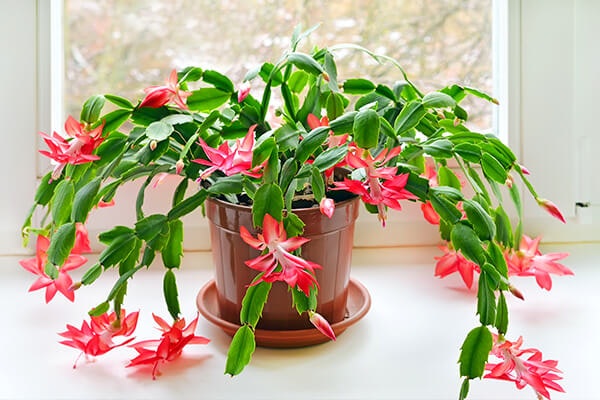
Christmas Cactus
This popular holiday cactus gets its name because it tends to bloom around December, but with the right care and enough sunlight, occasionally this plant will bloom other times as well. Its flowers are usually pink or red, and while it doesn’t typically grow above 12 inches high, its strands of segmented foliage will spill outward like a fountain and can spread up to 2 feet wide.
Because of this fountain-like shape, mature Christmas cacti are some of the more popular pet-friendly hanging plants, but when they’re smaller in size, they’re best suited to regular containers. Watering them weekly is a good idea if they’re getting a lot of sun, but if you want to stimulate blooming in winter, scale back on watering to around every 10–14 days.
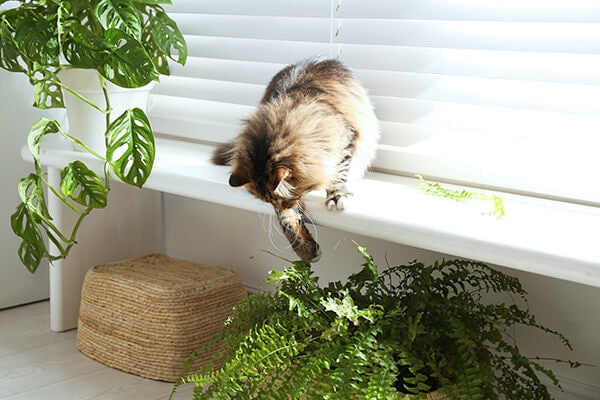
Boston Fern
These big, shaggy ferns almost seem like pets themselves! There’s something so charming about their voluminous foliage, reaching colossal sizes of up to 3 feet wide. If you want a bit of privacy in your home’s windows, hanging some big boston ferns will create a dense drapery of foliage that still lets a good amount of light in. Just try to avoid putting them directly in front of a super sunny south-facing window, because that may give them a bit of a sunburn.
Boston ferns like to have consistent moisture, but it’s important to have well draining soil so the water doesn’t collect in the bottom of the container and begin to rot. This won’t bode well for your fern’s roots! Try to water it at least once a week, mist the leaves regularly, and put it in a container with drainage holes to prevent moisture buildup.
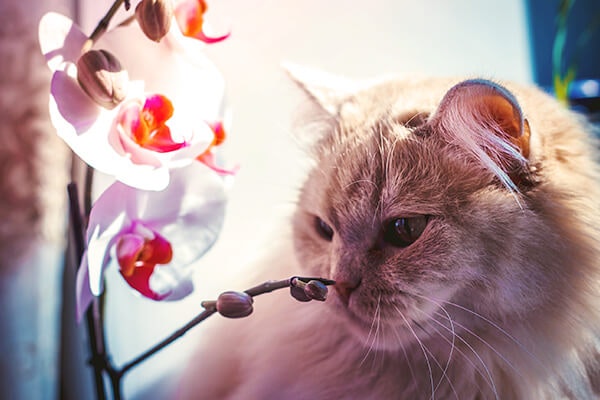
Moth Orchid
Don’t believe what you’ve heard about orchids being difficult to care for! While some can be a bit more finicky than others, the moth orchid is by far the easiest variety to care for. Orchids are epiphytic, meaning they don’t grow in the soil like other flowers, and their roots need air circulation. Instead of growing them in soil, use an alternative potting medium that’s nice and loose like shredded bark, which will have plenty of air pockets in it.
When orchids are actively growing, water them once per week, and then in the flowering stage, scale it back to once every two weeks. Make sure that container has good drainage. If it has any visible roots sticking out, you’ll know if your orchid is thirsty if those roots turn a silvery white color. As your orchid grows, its thin stem may need some support, so consider adding a stake and securing the plant in place with twine or tiny hair clips.
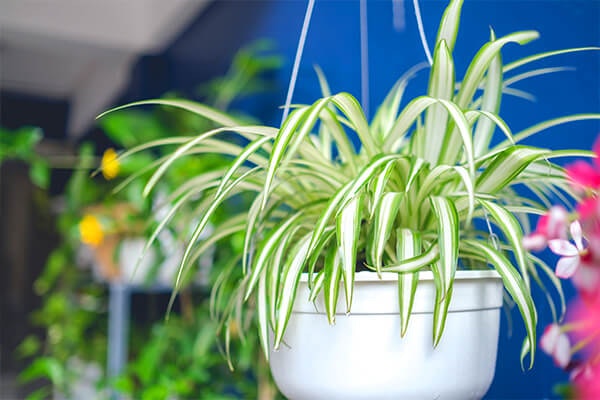
Spider Plant
This mega popular plant has stringy blades of foliage that spill outward, and as the plants mature, they begin to sprout little “pups” that can be easily plucked off and grown into a whole new plant! It’s renowned for being one of the best air purifying plants, filtering out toxins and carcinogens and cranking out pure oxygen, so the improved air quality is certainly a nice bonus!
These guys only need partial sunlight, so if your window situation isn’t the best, you won’t have to worry! Spider plants are easy to care for, and so long as their pot has good drainage and they receive regular water, you shouldn’t expect it to encounter any difficulties.
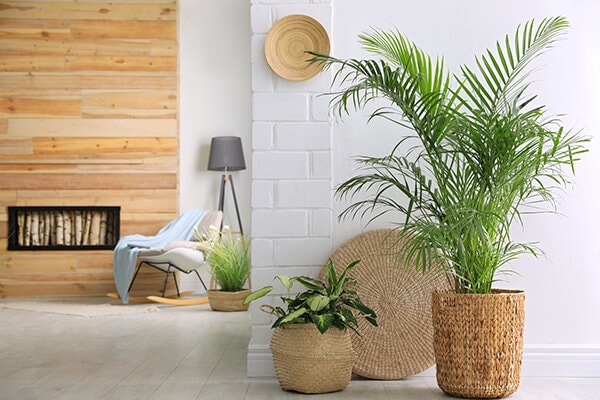
Parlor Palm
These mini palm trees have such a lovely texture to their elegant fronds—they kind of have a zen vibe about them. On top of being gorgeous potted plants, you can cut off the fronds and add them to bouquets, and they’ll last up to 40 days!
While parlor palms start out small, most will reach up to 4 feet tall if given a large enough container, and some have even been known to grow up to 8 feet! They do best in partial light, but can still thrive in lower light conditions. Avoid bright, direct sunlight, as it will fry those delicate leaves. Water them every week or two, allowing the soil to dry out before watering again.

